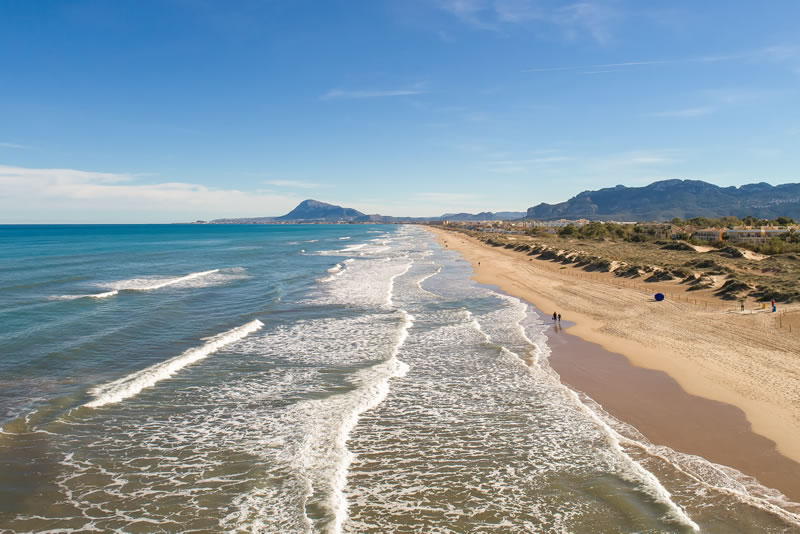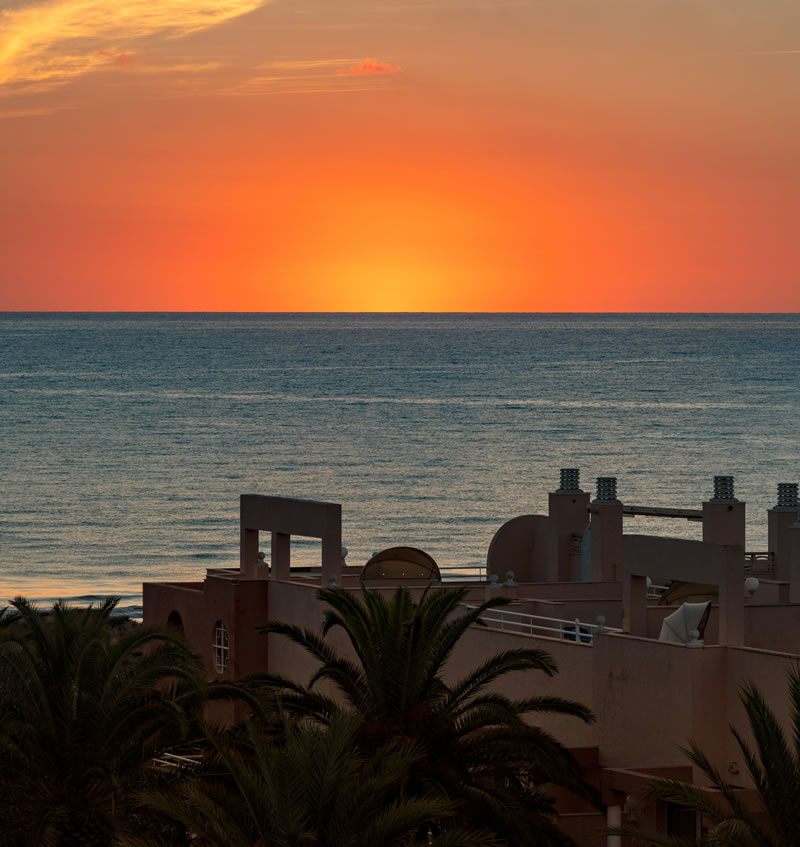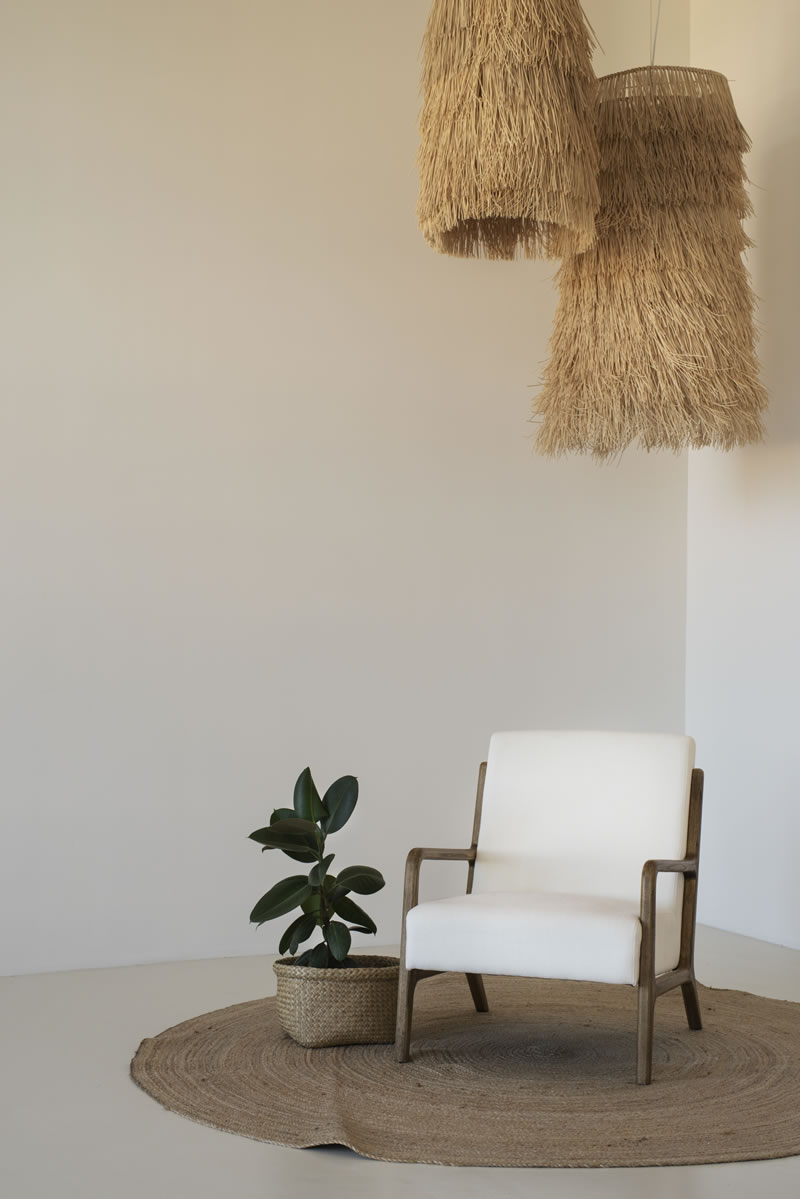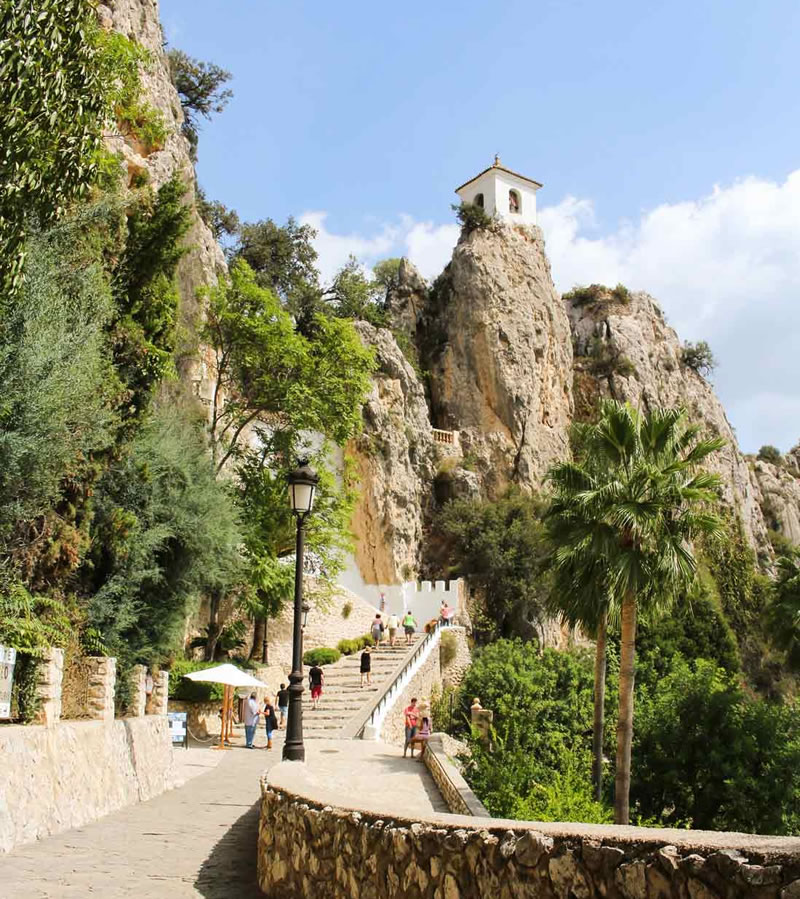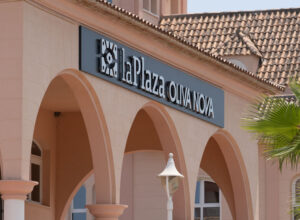1. El Raval
“El Raval is a neighborhood in an excellent state of preservation, the perfect setting for recalling the stories that surround its streets”.
In the center of the town of Oliva, the Raval stands as one of the most interesting areas of the historic town. In it was located the old Mozarabic quarter until the early seventeenth century, with narrow and chaotic streets, but with a unique and special charm. Among all of them, La Hoz (The sickle) stands out, which has the shape that gives it its name and whose houses are built in the rock itself.
The Raval is a neighborhood in an excellent state of preservation, a perfect setting to recall the stories that surround its streets, those of the Mudejar population that settled in these cities. The whitewashed houses open onto interior courtyards while the winding streets climb without order towards the hill of Santa Ana, where the old wall is located.
Getting lost among the narrow streets is almost a must, although you will surely reach the center of the neighborhood, the Plaza de San Roque, where the church of the same name is located. Although it was originally built in the 16th century over the old mosque, the present building dates back to the 19th century, where the baroque chapel of the Santísimo Cristo, where the patron saint of Oliva is venerated, is preserved.
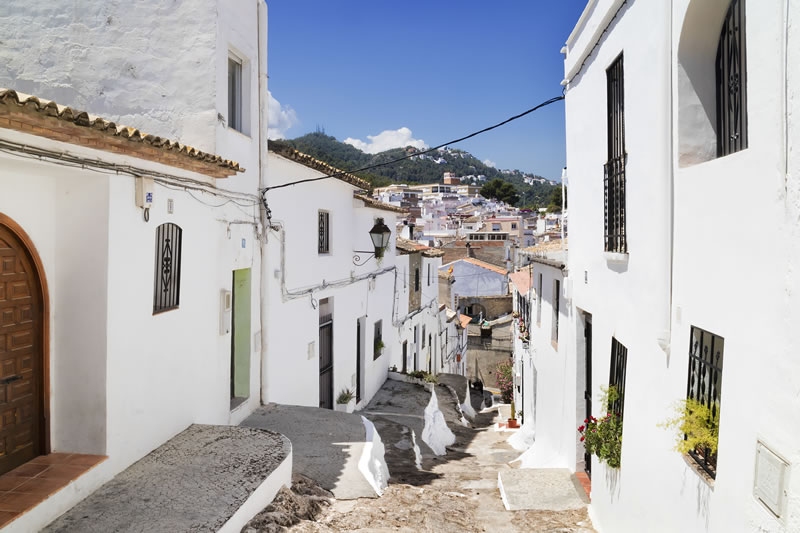
2. The marsh
The Pego-Oliva Marsh is already one of the most biodiverse areas in the Mediterranean. Declared a natural park in 1994, its more than 1,200 hectares of surface area, straddling the provinces of Alicante and Valencia, are the perfect setting for a multitude of routes in a wetland that hides a rich variety of flora and fauna.
It is surrounded by the Mostalla, Migdia and Segària mountain ranges which, visually, form a horseshoe open to the Mediterranean, in the center of which is the marshland. The Bullent-Vedat and Racons-Molinell rivers feed this wetland, which is also fed by groundwater aquifers.
Its survival has been possible thanks to the eventually difficult balance between respect for the environment and traditional rice growing, which has allowed the conservation of native species of flora and fauna, and attracts researchers and nature lovers. On foot, on horseback or by bicycle, the marsh allows you to plan numerous routes that cross the wetland and where you can see birds such as the sea partridge, the western swamphen (known as Purple Swamphen) (Porphyrio porphyrio) or the coot.
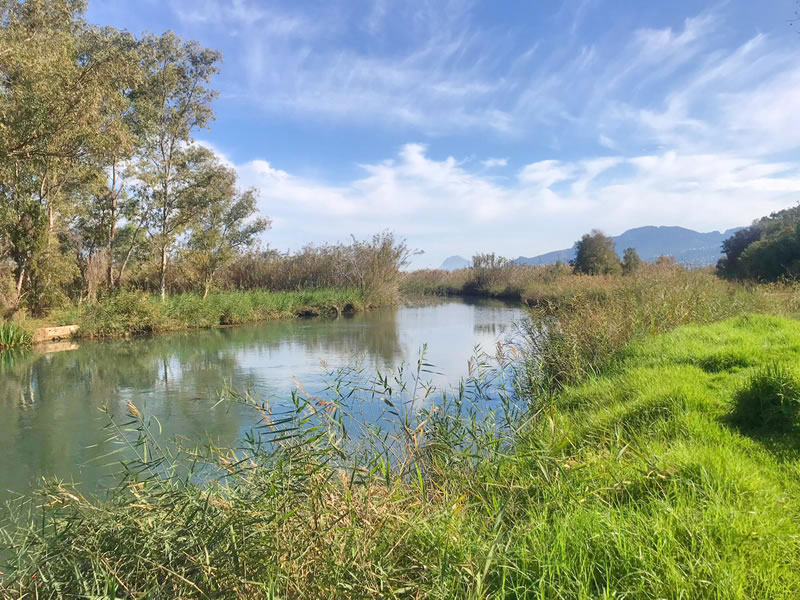
3. The castle
Popularly known as the castle of Santa Ana, it is one of the few Renaissance fortresses in the Valencia Region, which makes it a building of great uniqueness within the military architecture and a must on the routes to know Oliva. Located at the top of the hill of Santa Ana, thanks to its privileged location is an exceptional viewpoint from which you can see the entire city and, above all, the beaches; in fact, its construction is closely related to the need of the population living in Oliva in the sixteenth century to monitor the Mediterranean and to prepare to defend themselves from attacks coming from the sea. With a rectangular floor plan, the cistern has survived to the present day, as well as the remains of walls that belonged to the various outbuildings of the castle, including housing for the garrison and gunpowder stores.
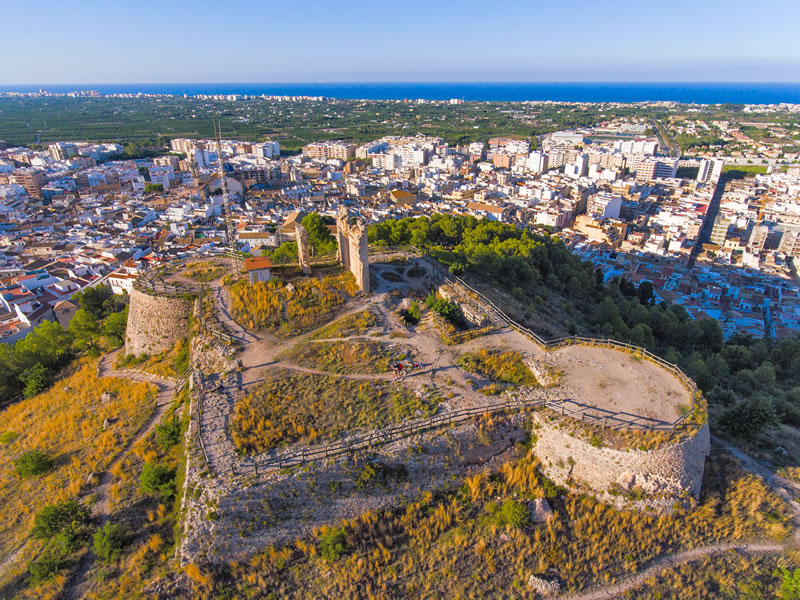
4. Font Salada
Oliva hides some treasures, and one of them is undoubtedly the Font Salada, located in the marsh. It is a spring of crystalline waters that maintains an ideal temperature for bathing throughout the year, as it ranges between 21 and 23 degrees.
Both residents of Oliva and visitors from other towns come to this privileged spot to enjoy this underground source of hot springs which have traditionally been recognized as beneficial against dermatological diseases. The secret lies in the amount of sulfur salts contained in the water.
In addition to bathing, the place offers an interesting and pleasant hiking route, as it is located next to the natural park and very close to the beaches. The itinerary starts at the Font Salada itself and runs to the source of the Bullent river. A walk in which to enjoy the wide variety of flora and fauna species that will appear along the way. This site, whose access is free, is also a good option to enjoy the local gastronomy, since it has a beach bar.

5. Beaches
Oliva is also a paradise of beaches that have always been distinguished by the good quality of the water and the services they offer. They stand out for their great amplitude and are bordered by protected natural dune ridges where a protected bird called kentish plover inhabits. Oliva has exceptional waters for swimming and water sports such as windsurfing, kitesurfing and paddle surfing. Their characteristics make the beaches an ideal place to spend the day with the family, since they also have public toilets and infrastructure to make your stay more comfortable.
It is perfect for children, as they are usually calm and do not cover a good stretch of the sea. In addition, during summer, there are small beach bars where you can enjoy a snack on the beachfront.
